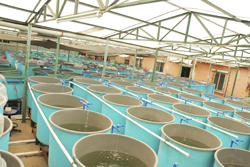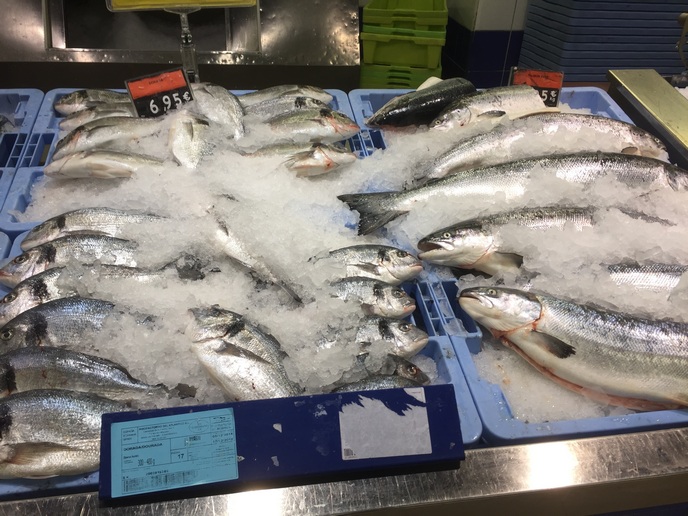Clean break for aquaculture tanks
As the practice of aquaculture grows rapidly in Europe to meet increasing consumer needs for seafood, the industry is moving towards more efficient recirculating aquaculture systems (RASs). These systems, however, do not come without their hazards as small fish and fish larvae become more susceptible to disease when cultivated using recirculation technology. To overcome this phenomenon it is necessary to improve cleaning and disinfection of hatchery RASs, a process that consumes much time and money. The EU-funded project CLEANHATCH developed a novel solution to remedy such limitations. It conceived the idea of hatchery tanks that clean themselves rather than having to be cleaned manually, thus saving on manpower and costs. The project team examined how the internal surfaces of the tanks and the standpipe meshes could be cleaned to remove biofilms and residues effectively. It worked on a system to disinfect surfaces and meshes by injecting ozonated water where needed and by reducing the amount of mesh surface area involved. After testing and development, the team was able to minimise cleaning-related labour costs by an impressive 80 %, resulting in a 32 % increase in the weight of trout larvae. It successfully reduced bacterial counts on tank surfaces to a significant degree and created a safe, easy-to-operate system. The concept is supported also by the adoption of small stainless steel mesh that does not require cleaning and regular replacement, as oppose to nylon meshes with a much larger stand pipe surface area. So far, the prototype has been successfully tested on sea bream, sea bass, rainbow trout and turbot. More development and testing in the future could help fine-tune the system even further and identify more species that could benefit from CLEANHATCH. The team's results have been disseminated through the CLEANHATCH website(opens in new window), but also through conferences, presentations and trade fairs, opening up ample opportunities for exploitation. As existing RASs can for the most part be retrofitted with this new solution, the project team expects keen interest in marketing the system and ensuring rapid uptake of the technology. While a fully marketable product hasn't been realised yet, with some development it is more than likely that one or more project partners will achieve this ambitious objective. CLEANHATCH systems will contribute to a better quality of life, health, safety and the environment, while helping fish farmers upgrade their production systems and improving the sector's economic viability. Last but not least, Europe will have a more secure food source once this product is commercialised.





